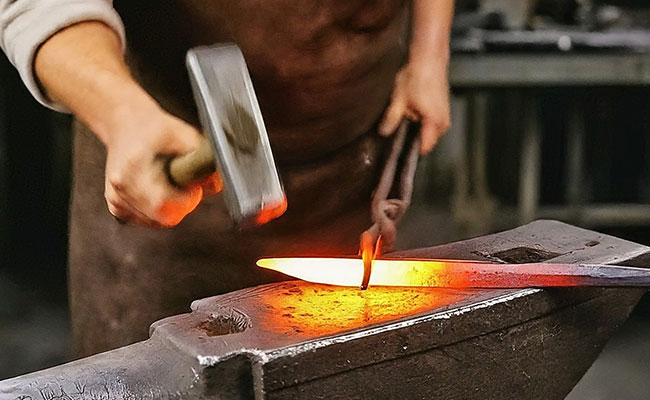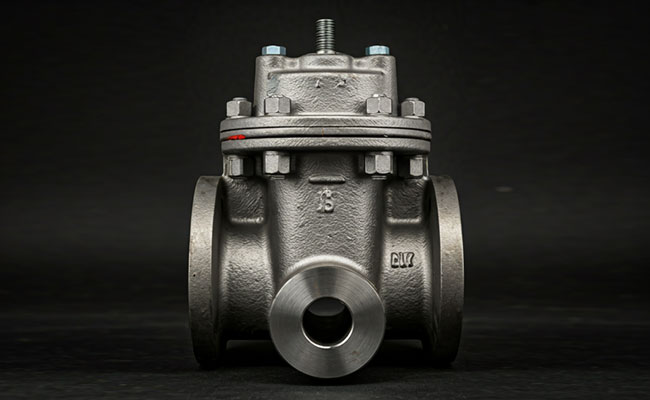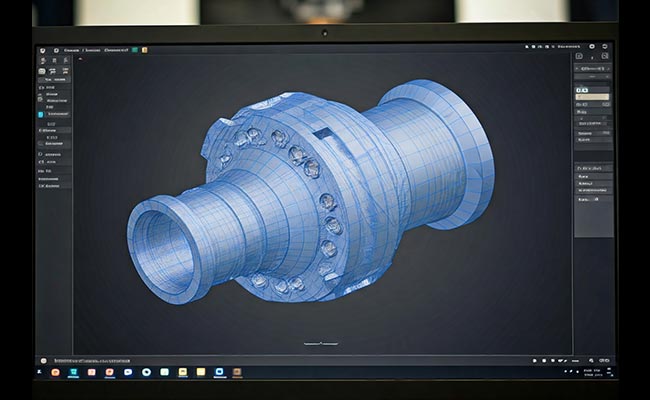
Understanding Different Forging Processes: Techniques and Applications
2024-08-19
Closed Die Forging: Precision and Efficiency in Metalworking
2024-09-02Open die forging is a metalworking process that involves shaping a metal workpiece using compressive forces applied by a hammer or press. The process is called “open die” because the workpiece is not confined within a closed die cavity, allowing for greater flexibility in shaping the metal. This versatility makes open die forging a popular choice for a wide range of applications, from manufacturing automotive components to creating custom metal art.
Advantages of Open Die Forging
Versatility: Open die forging can be used to create a wide variety of shapes and sizes, from simple rods and bars to complex components.
Material Flexibility: The process can be used with a wide range of metals, including steel, aluminum, titanium, and copper.
Strength and Durability: Open die forging produces parts with high strength and durability due to the grain structure refinement that occurs during the process.
Cost-Effective: For low-volume production, open die forging can be more cost-effective than other metalworking processes.
Disadvantages of Open Die Forging
Labor-Intensive: The process requires skilled labor to shape the metal accurately.
Limited Dimensional Accuracy: Compared to closed die forging, open die forging produces parts with lower dimensional accuracy.
Surface Finish: The surface finish of open die forged parts is not as good as that of closed die forged parts.
Applications of Open Die Forging
Automotive: Crankshafts, connecting rods, axles, and other components.
Aerospace: Landing gear components, turbine blades, and other high-strength parts.
Construction: Rebar, beams, and other structural components.
Agriculture: Plowshares, harrows, and other agricultural equipment.
Art and Sculpture: Custom metal sculptures and decorative pieces.
The Open Die Forging Process
The open die forging process typically involves the following steps:
Heating: The metal workpiece is heated to a specific temperature to make it malleable.
Shaping: The heated workpiece is placed on an anvil and shaped using a hammer or press.
Finishing: The forged part is trimmed and finished to the desired dimensions and surface finish.
Types of Open Die Forging
There are two main types of open die forging:
Hand Forging: This process involves using a hammer to shape the metal by hand. It is a labor-intensive process but allows for great control over the shape of the workpiece.
Machine Forging: This process uses a machine, such as a hydraulic press, to shape the metal. It is more efficient than hand forging and can be used to produce larger and more complex parts.




